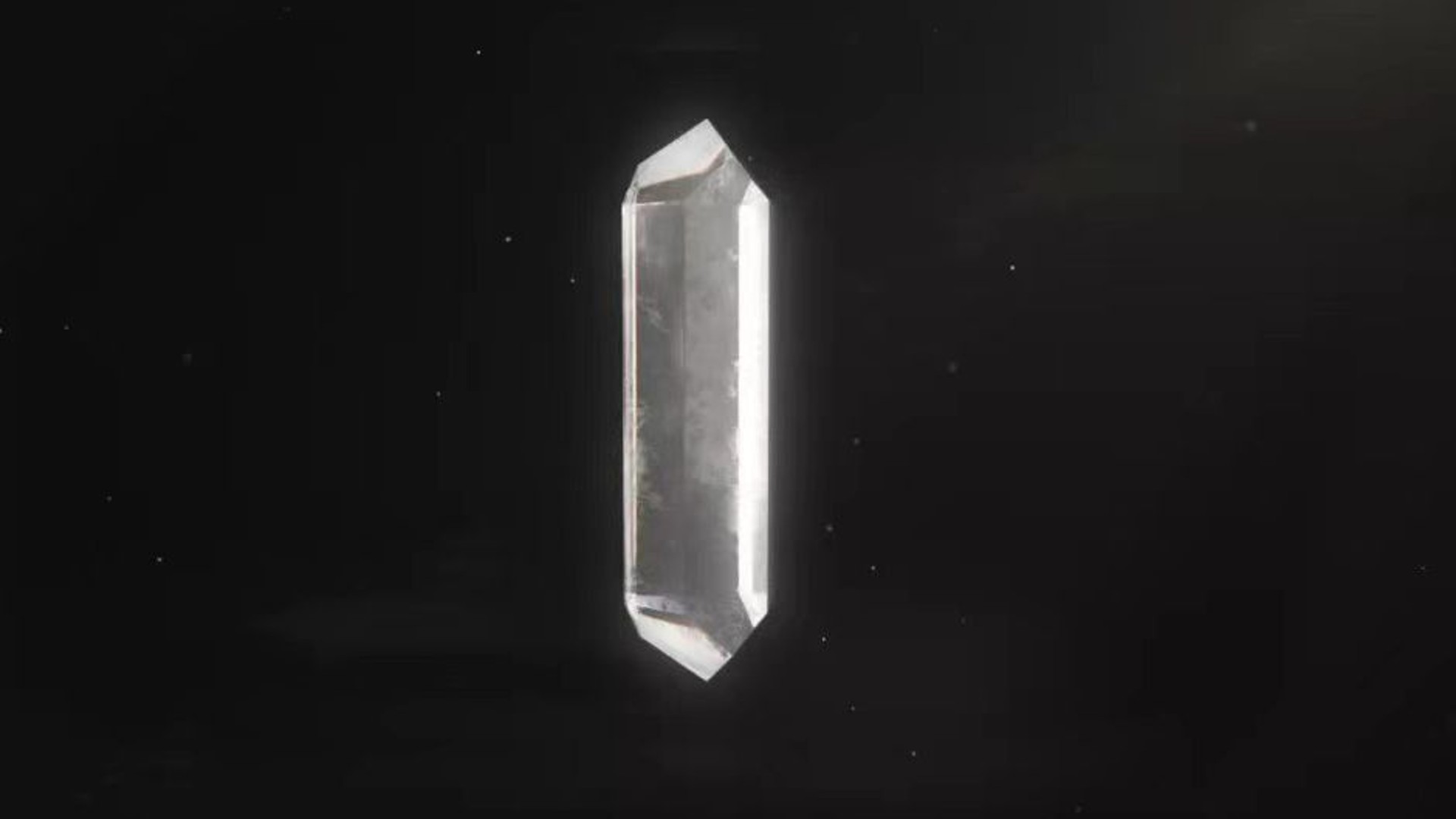China discovers new moon mineral in lunar samples
The discovery means China is the third country to discover a new lunar mineral, following the United States and former Soviet Union.

Chinese scientists have found a new lunar mineral in the form of a crystal lurking inside samples collected from the moon in 2020.
Changesite–(Y), named for the mythological Chinese goddess of the moon, Chang’e, is a phosphate mineral and columnar crystal. It was found in lunar basalt particles being examined in laboratories in China.
The discovery was made by researchers at the Beijing Research Institute of Uranium Geology who found a single crystal of Changesite–(Y) using X-ray diffraction while studying particles collected on the moon.
Related: The latest news about China's space program
The finding was announced at a press conference on Sept. 9. The Commission on New Minerals, Nomenclature and Classification (CNMNC) of the International Mineralogical Association (IMA) confirmed it as a new mineral, according to Chinese state media Global Times.
The discovery means China is the third country to discover a new lunar mineral, following the United States and former Soviet Union, which conducted the Apollo crewed lunar landings and Luna sample return missions, respectively.
The Chang'e 5 mission landed in Oceanus Procellarum in December 2020 and was the first lunar sample return mission since the 1970s.
Get the Space.com Newsletter
Breaking space news, the latest updates on rocket launches, skywatching events and more!
The mission collected 3.81 lbs (1.73 kilograms) of lunar samples and delivered them safely to Earth for study, leading to a range of discoveries.
China's next moon mission is expected to be Chang'e 6. It will attempt to collect the first samples from the far side of the moon which never faces the Earth.
Follow us on Twitter @Spacedotcom or on Facebook.
Join our Space Forums to keep talking space on the latest missions, night sky and more! And if you have a news tip, correction or comment, let us know at: community@space.com.

Andrew is a freelance space journalist with a focus on reporting on China's rapidly growing space sector. He began writing for Space.com in 2019 and writes for SpaceNews, IEEE Spectrum, National Geographic, Sky & Telescope, New Scientist and others. Andrew first caught the space bug when, as a youngster, he saw Voyager images of other worlds in our solar system for the first time. Away from space, Andrew enjoys trail running in the forests of Finland. You can follow him on Twitter @AJ_FI.









